All the U.S. Military Hardware Headed to the Middle East
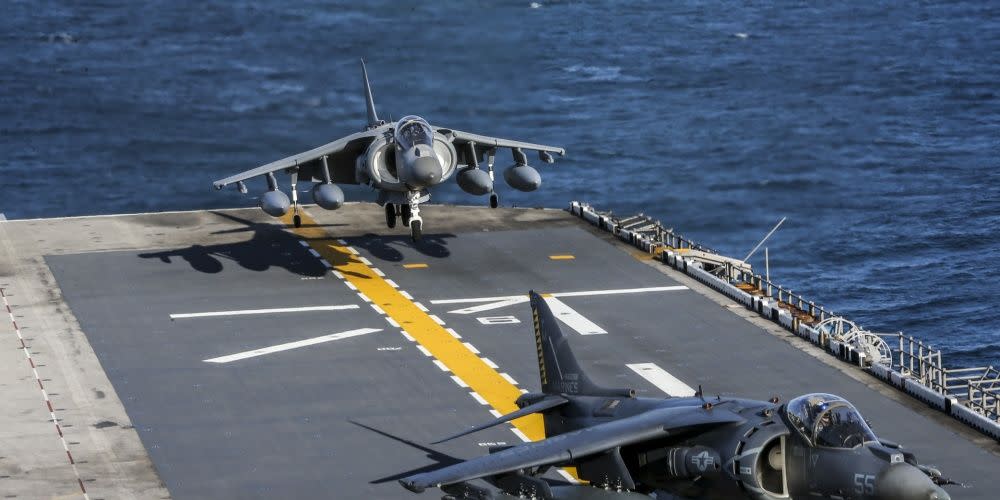
The death of Iranian general Qassem Soleimani has brought threats of retaliation against U.S. forces and interests in the region.
In response, the Pentagon is pouring forces into the region, including air, ground, and sea forces.
The deployments include Army Rangers, an elite infantry unit, and a battalion of U.S. Marines.
The U.S. military is pouring troops into the Middle East as it prepares to deal with fallout from the killing of Iranian General Qassem Soleimani. Soleimani was killed by U.S. forces on January 3, 2020. Iran and Iranian-backed militias throughout the region have promised revenge for the attack on one of Iran’s most senior military figures. In response, the Pentagon is flowing ground, air, and sea forces into the area, including Army Rangers and Super Hornet strike fighters.
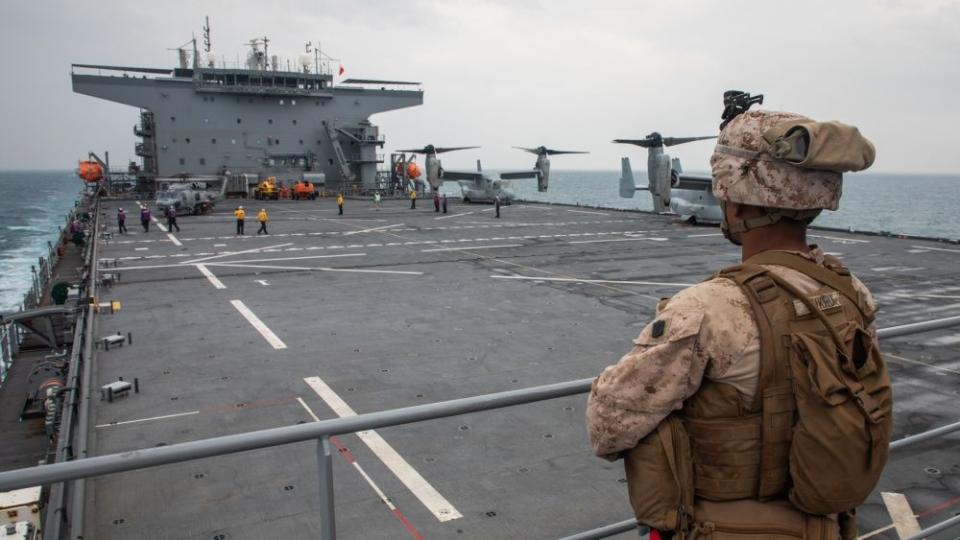
The buildup actually began on December 31, 2019, when protests organized by Iranian-backed militias threatened the U.S. embassy in Baghdad. U.S. Central Command deployed Special Purpose Marine Air-Ground Task Forces Crisis Response—Central Command (SPMAGTF CR-CC), a company of approximately 100 Marines and MV-22 Osprey tiltrotor aircraft designed to provide a quick reaction force for U.S. forces and facilities throughout the region.
SPMAGTFs were established in the wake of the 2012 attack on the American embassy in Benghazi, Libya that killed a U.S. ambassador. The embassy was also beefed up by the appearance of two U.S. Army AH-64 Apache attack helicopters arriving from Taji, Iraq.
3rd C-17 out of Fort Bragg has popped up the same way as the other 2 earlier, and here comes his tanker out of RAF Mildenhall.
The first 2 are south of Italy and have been unusually very visual most of their flight. pic.twitter.com/Phc8s2IHje— Oppa Gopnik Style (@vcdgf555) January 1, 2020
On January 1, 2020, the Second Battalion, 1st Brigade Combat Team of the 82nd Airborne Division flew on a sky train of three C-17 Globemaster III transports from Fort Bragg, North Carolina to Kuwait. The battalion consists of three companies of parachute infantry, about three times larger than the SPMAGTF, with heavier support weapons. Two days later the Army announced the entire 1st Brigade Combat Team will deploy. A brigade consists of three battalions, so the deployment will triple the number of paratroopers on the ground.
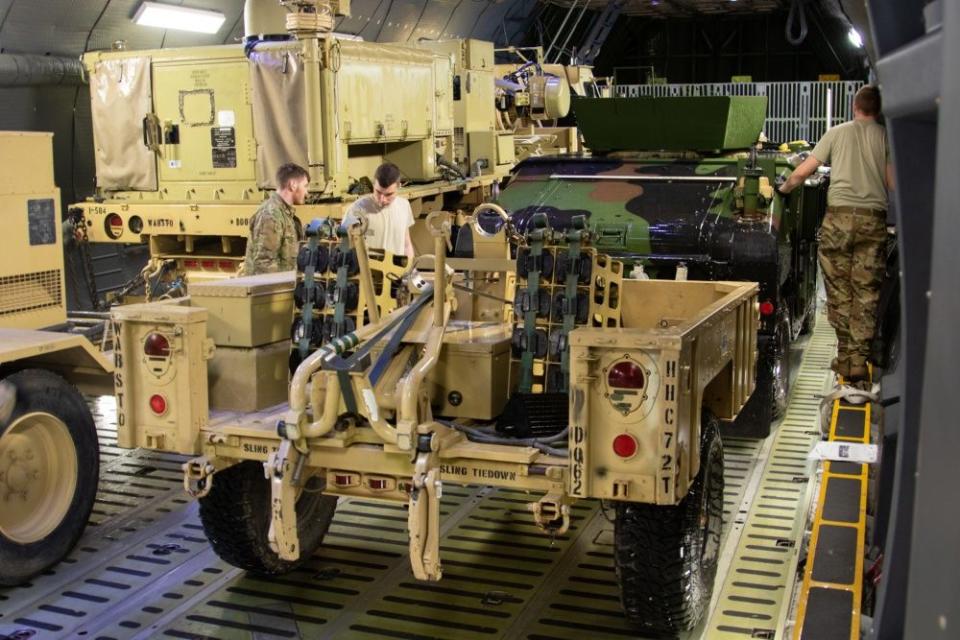
Paratroopers from the Italy-based 173rd Airborne Brigade are also deploying in unknown numbers. Stars and Stripes, quoting a Pentagon source, says the troops could be deployed to protect the U.S. embassy in Beirut, Lebanon.
USAF
Lockheed C-5M Super Galaxy
MC977/RCH977 86-0013 #AE056A
MC979/RCH979 85-0007 #AE0564
Boeing C-17A Globemaster III
MC857/RCH857 94-0069 #AE07E3
Spotted along the east coast
(All departed out of Hunter Army Airfield, #Georgia) pic.twitter.com/wqZbn8CCJn— Canadian Skywatcher (@is_keelu) January 3, 2020
The U.S. is also building up a special operations capability in the region. According to Politico, a company of 150-200 U.S. Army Rangers is deploying to the region. This matches a series of flights observed on January 2, including two giant C-5M Super Galaxy and one C-17 Globemaster III transports taking off from Hunter Army Airfield, Georgia.
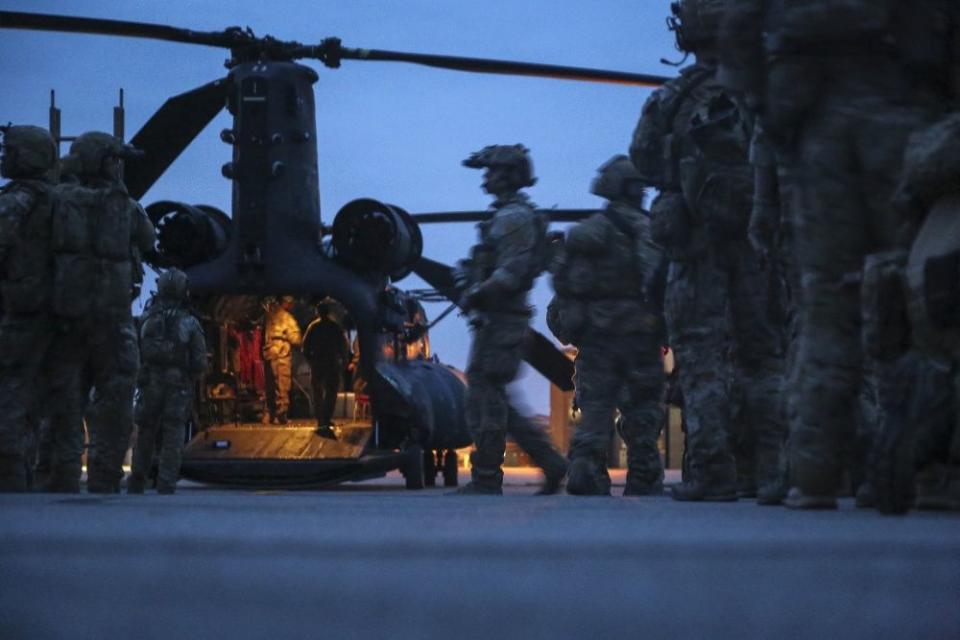
Hunter Army Airfield is the home of the 1st Battalion, 75th Ranger Regiment. U.S. Army Rangers are highly trained light infantry capable of conducting reconnaissance, raids and other “direct action” missions. They are also known to support more elite special operations forces including Delta Force. There are three Ranger battalions, each of which has seen extensive combat in Syria, Iraq, Afghanistan, and quite possibly elsewhere since 9/11.
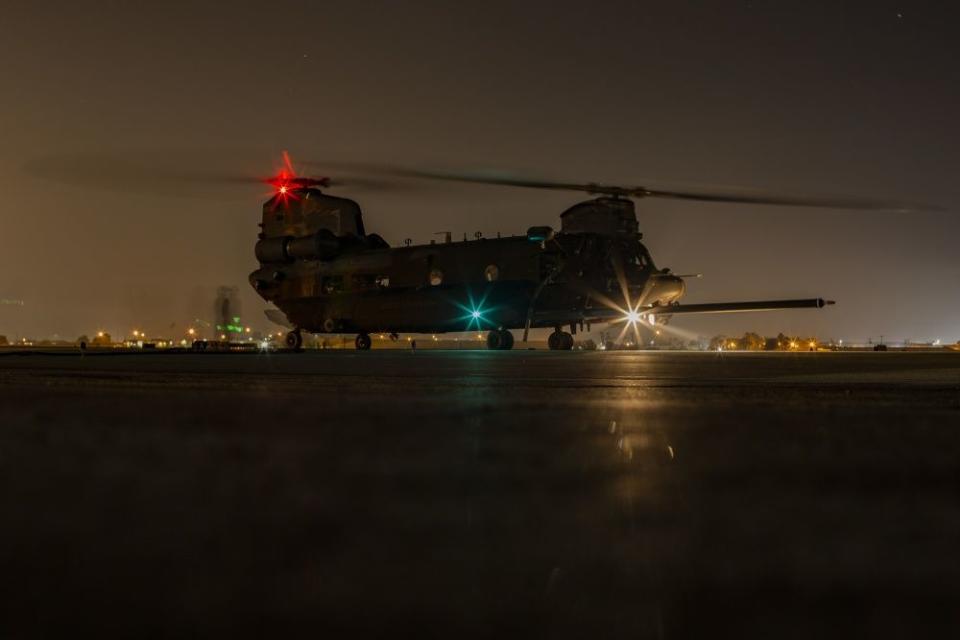
A single Ranger company can easily fit in the bowels of a C-17 Globemaster, so why the need for C-5M Super Galaxies? Hunter Army Airfield is also the home of 3rd Battalion, 160th Special Operations Aviation Regiment (Airborne), the elite “Night Stalkers” special operations helicopter unit. Rangers train in close coordination with the Night Stalkers and their MH-60M Blackhawk and MH-47G Chinook helicopters, which would provide in-theater transport. A C-5M can carry four to six MH-60Ms and two or more MH-47Gs.
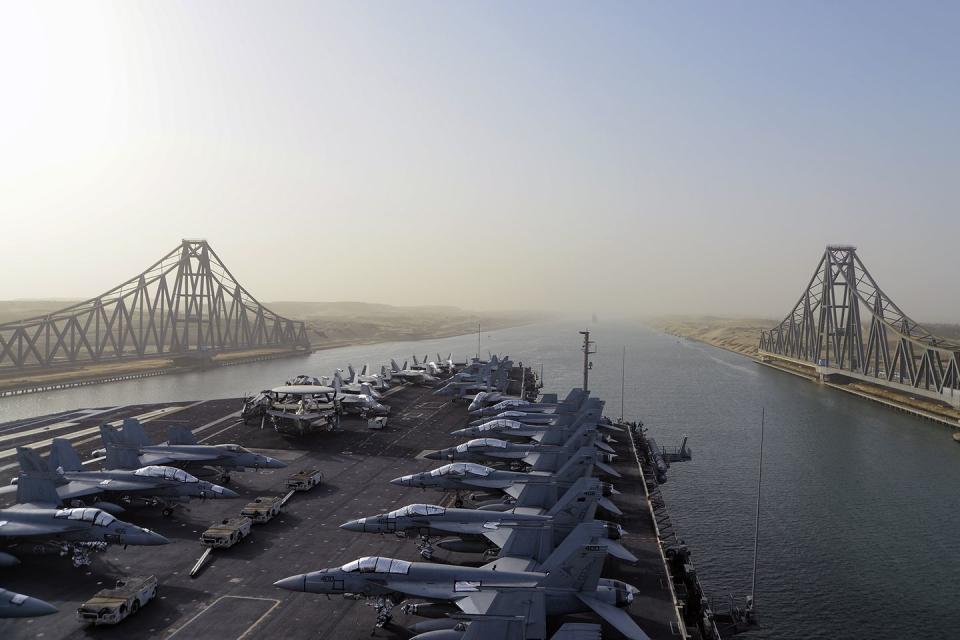
Meanwhile at sea, the U.S. Navy’s Carrier Strike Group 8 is in the North Arabian Sea, near the mouth of the Persian Gulf. CSG-8 consists of the carrier Harry S. Truman, guided missile cruiser USS Normandy, and destroyers Lassen, Farragut, and Forrest Sherman. In addition to four squadrons of F/A-18E/F Super Hornet strike fighters, CSG8 also likely embarks dozens of Tomahawk land attack cruise missiles, each with a half-ton pound blast fragmentation warhead.
The Marines are also heading to the region, as USNI News reports the USS Bataan Expeditionary Strike Group has canceled planned exercises with the Moroccan military to redirect to the Middle East. An Expeditionary Strike Group is typically composed of two or three amphibious assault ships with an embarked Marine Expeditionary Unit and one or two destroyer escorts. The 26th Marine Expeditionary Unit is an air-ground force centered around a marine infantry battalion, reinforced with amphibious vehicles, M1A1 Abrams tanks, MV-22 Osprey tiltrotors, AH-1Z attack helicopters, and AV-8B Harrier jump jets.
A lot of hardware is converging on the Middle East, but it remains uncertain if any of it will need to be used.
You Might Also Like

